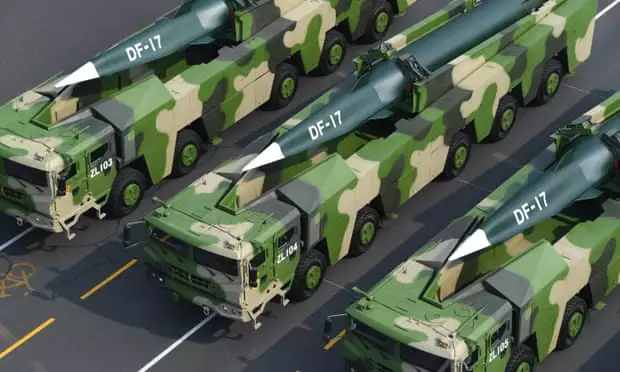Why China’s secret launch of a hypersonic missile in August this year has given rise to grave concern and raised fears of a new arms race.
*Hypersonic missiles can carry nuclear warheads and move at speeds of more than five times the speed of sound, or about 6,200 kmph, which is even faster than traditional ballistic missiles. This makes them harder to detect and intercept.
*Ballistic missiles also fly high into space in an arc to reach their target, while a hypersonic missile flies in a low trajectory in the Earth’s orbit which is difficult to detect on a radar and can reach a target more quickly.
*Crucially, a hypersonic missile is manoeuvrable making it harder to track and defend against. A ballistic missile on the other hand has a fixed trajectory from the point of launch to the point of impact and is therefore easier to detect.
*While countries like the United States have developed systems designed to defend against cruise and ballistic missiles, the ability to track and take down a hypersonic missile is still not clear.
*Along with China, the United States, Russia and at least five other countries including India are working on hypersonic technology.
Also read: China’s hypersonic missile test is close to ‘Sputnik Moment’ for America, says top US General




















